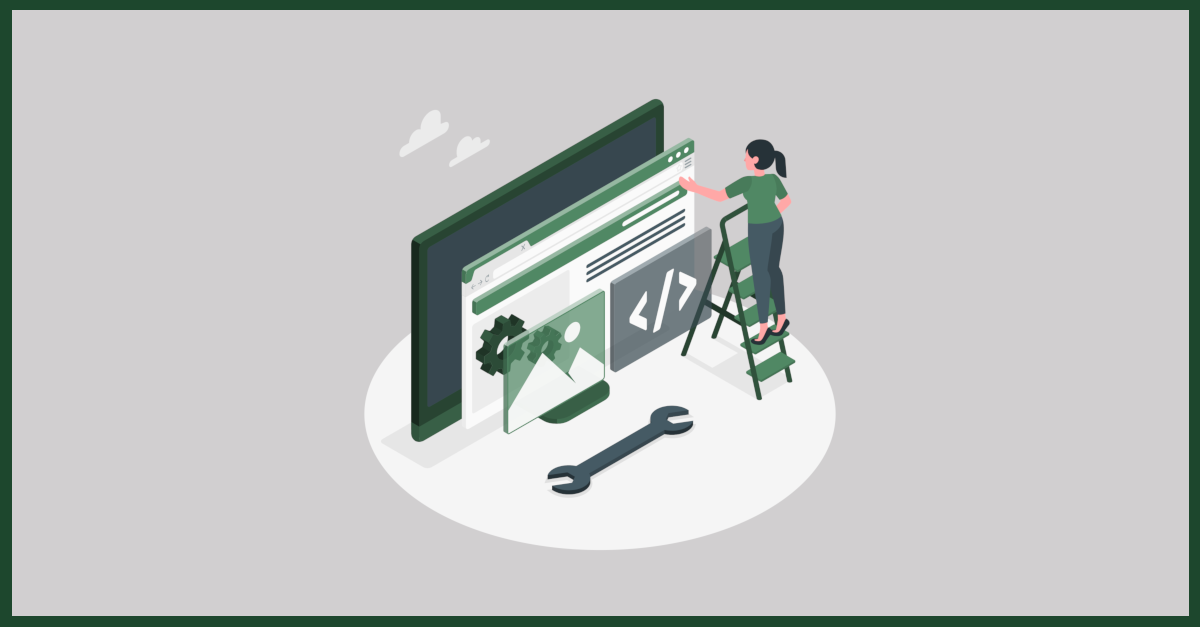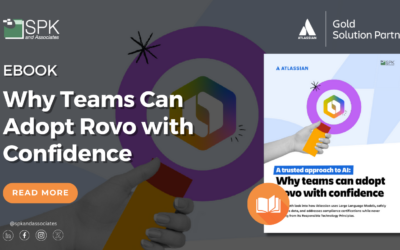As an IT professional, one question I’ve heard more than once is: “Why do I need you – I can setup a computer, a web server, a database, etc”. My answer varies based on the audience but essentially comes down to: if you are entrusted with a company’s confidential information, you don’t want mistakes. Mistakes cost money and business opportunity. If you are an E-commerce site with credit cards or social security numbers, these mistakes can result in a disaster.
If you have a website just to show off pictures of the kids, read no further. This setup would be overkill. However, if you have information on your site that you don’t want everyone to see, there are good practices to ensure the site is secure and operational. These consist of strong Linux server management, application server management, and overall IT engineering of the site so it can grow as customer demand grows. Also, as visibility increases, the likelihood you are attacked increases exponentially.
Some of the keys to this are manageability, reproducibility and remote server management. If your webserver crashes in the middle of the night, do you want to be down for an hour while driving to work? Maybe it’s a 1 minute fix, pushing the power button? If the server’s hard drive crashes, is there a backup to get it running quickly and correctly? Is the hard drive redundant so that there is no loss?
Here’s a quick article, Managing Infrastructure for a Corporate Website, on the infrastructure and hardware required to setup a basic website for a company. In future articles, I will expand on these areas with configuration of the various components. As you increase volume, complexity is required. However, to get into the more complex environments, a basic understanding of the fundamentals is required.






